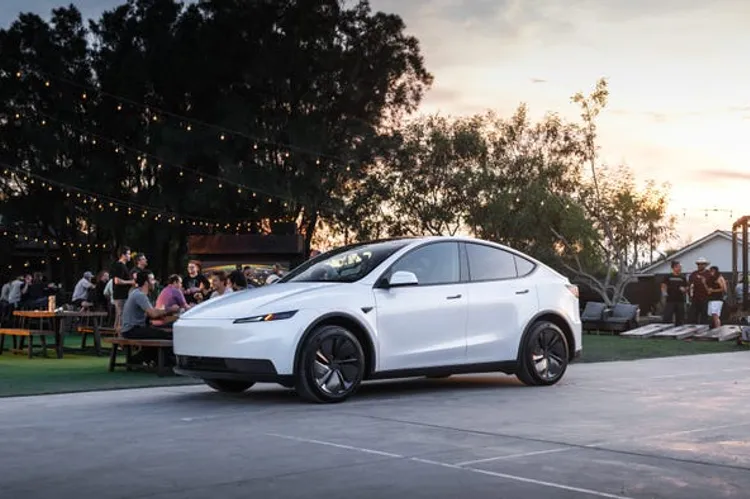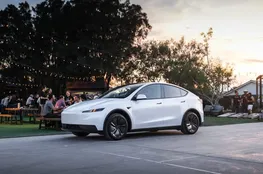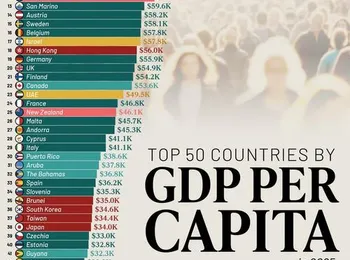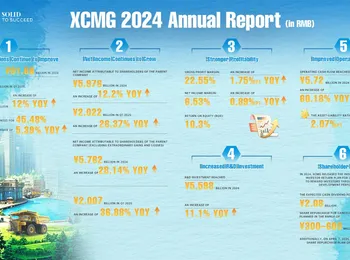Analysts and business leaders react to the new, more affordable Tesla models. The electric vehicle market is buzzing following Tesla's unveiling of more accessible versions of its popular Model 3 and Model Y vehicles. On Tuesday, Tesla announced the $36,990 Model 3 Standard and $39,990 Model Y Standard, representing a significant price reduction of approximately $5,000 compared to their previous iterations. These new models feature a slightly reduced feature set, reflecting Tesla’s strategy to broaden its customer base and capitalize on evolving market dynamics. The introduction of these more affordable models has sparked a mixed reaction from analysts, investors, and business leaders, with some expressing disappointment while others see a positive step for the company’s future growth.
Tesla’s stock experienced a dip of 4.45% as of market close on Tuesday, highlighting the initial uncertainty surrounding the launch. The anticipation for these lower-priced models had been high, fueled by a desire for greater accessibility within the EV market. However, the reality of the pricing has prompted some skepticism, particularly regarding whether it would adequately address concerns about the impending expiration of the EV tax credit.
**Key Reactions from Industry Experts:**
**Wedbush Analysts (Tasos Katopodis/Dan Ives):** The analysts expressed disappointment, stating that the $36,990 and $39,990 price points remain relatively high compared to competitors. While acknowledging the potential to boost demand, especially given the expiring tax credit, they felt the launch was underwhelming. Ives noted, "This price point is still relatively high versus other vehicles on the market." They remained optimistic about Tesla’s future autonomous path forward and potential AI valuation.
**Ross Gerber:** Longtime Tesla investor Ross Gerber echoed a similar sentiment, describing the new models as "another version of the Model Y." He highlighted the challenge of offering multiple versions of a similar car and the potential for consumers to prioritize price over brand perception. "It now becomes more like Toyota than Mercedes, when Tesla used to be considered a luxury," Gerber stated, emphasizing a shift in brand identity. He also criticized the $5,000 price reduction as primarily cannibalizing sales from higher-priced models, attributing this to CEO Elon Musk’s handling of the EV tax credit. "Literally called it," he posted on X, adding, "$7500 less good only to eat sales from higher priced models. Why? Because the tax credit got pilftered by the ceo himself."
**Seth Goldstein (Morningstar):** Analyst Seth Goldstein viewed the sub-$40,000 price point as a positive development, believing it would enable Tesla to expand its customer base. "I think a sub-$40,000 price will help Tesla grow deliveries as it opens the Model 3 and Model Y up to more consumers who are not able or willing to pay up for a higher-priced vehicle," Goldstein stated. This suggests a strategic move to capture a broader segment of the EV market.
**Gene Munster (Deepwater Asset Management):** Gene Munster praised Tesla’s move towards lower-priced models, suggesting it would allow the company to better compete with rivals like Hyundai, Ford, and Nissan. "For Hyundai, Ford, and Nissan, the challenge isn't price, it’s software," Munster noted, emphasizing Tesla’s advantage in Full Self-Driving and onboard compute capacity. He believes this software advantage will continue to widen as these features become increasingly central to the EV experience.
**Overall, the launch of the Model 3 Standard and Model Y Standard represents a significant strategic shift for Tesla, aiming to broaden its market reach and address concerns surrounding the EV tax credit. However, the initial reaction from industry experts suggests a cautious optimism, with the long-term success of these models dependent on Tesla’s ability to execute its strategy and maintain its competitive advantage.**
























